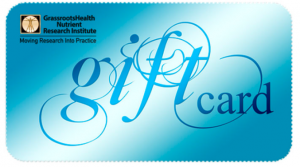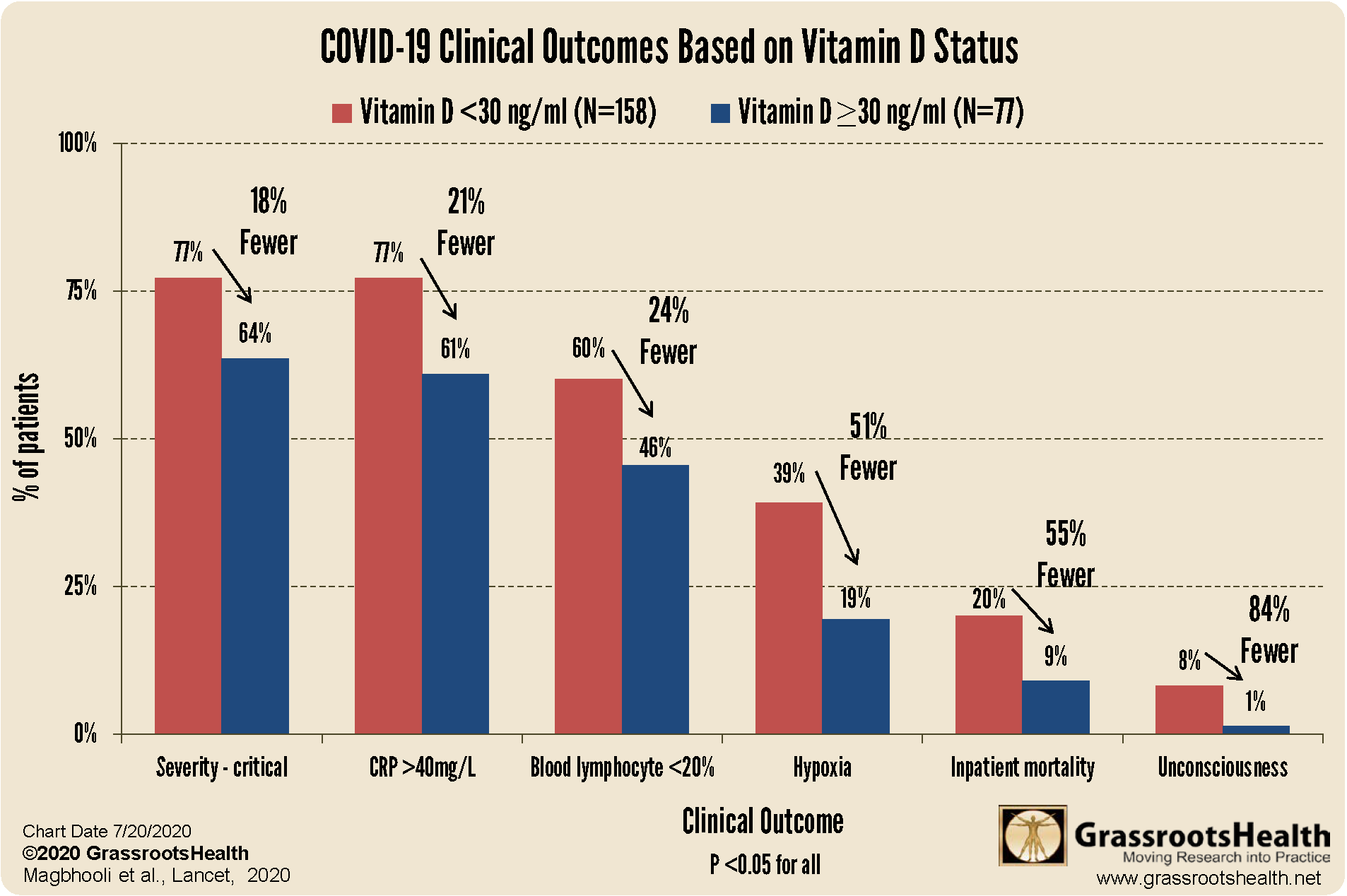Published on April 30, 2021

Stay tuned throughout the month of May to learn all you need to know about the amazing benefits of sunshine for our health – and the world!
Life on earth is brought to you by…. Sunshine! And May is the month to celebrate all that the sun has to offer.
It is because of our perfect distance from the sun (known as the “Goldilocks Zone”) that Earth is able to sustain all life as it is. Any closer to the sun, and it would be too hot – any further away, too cold. It’s a simple explanation, yet the consequences are life-sustaining. Sunshine is what provides our planet with the ability to hold water, grow plants, and allow humans and other animals to thrive. Cultures and religions throughout history have acknowledged this concept of sunshine being central to all human life and existence, and eventually, our health.
Historical Observations of Sunlight for Health
 Centuries ago, Hippocrates (now considered the “Father of Medicine”) observed that the “sunnier side of the hill” was the healthier place to live. Because of this observation, he routinely prescribed sunbaths as part of his therapy for a wide variety of health ailments.
Centuries ago, Hippocrates (now considered the “Father of Medicine”) observed that the “sunnier side of the hill” was the healthier place to live. Because of this observation, he routinely prescribed sunbaths as part of his therapy for a wide variety of health ailments.
Florence Nightingale (considered the founder of modern nursing) observed that her patients in hospital rooms facing east recovered the fastest and stated “It is the unqualified result of all my experience with the sick, that second only to their need of fresh air is their need of light…And that it is not only light but direct sun-light they want.”
So called “diseases of darkness,” such as rickets and tuberculosis, became a major health concern with industrialization due to people living and working in cities which reduced people’s access to sunlight due to indoor work, smog, and narrow apartment blocks. Doctors discovered that children living in cities who developed rickets would recover if they were brought back into a sunlight environment.
Niels Ryberg Finsen was the first to study the scientific effects of sunlight. In 1903, he won the Nobel Peace Award for his discovery of phototherapy treatment for the skin manifestation of tuberculosis, lupus vulgaris. In this treatment, nurses called “light elves” applied concentrated sunlight using a tool with a quartz lens on the affected area. As his patient population grew, he invented electrical carbon arc lamps which used artificial light to treat lupus vulgaris.
As you can see, history demonstrates that natural as well as artificial sunlight can act as a major interventional tool to prevent and heal devastating diseases. In fact, before antibiotics, the medical community embraced phototherapy as the state-of-the-art treatment for a variety of illnesses. As we will discuss more this May for Sunshine Month, phototherapy and sunshine provide a wide array of benefits to both our health and well-being.
Health Benefits of the Sunshine, Beyond Vitamin D
The healing ability of the sun is a powerful reminder that sunshine plays an important role in human health should not be totally avoided. While we now know that there are many benefits to proper sun exposure, the one with the greatest impact is most likely the production of vitamin D, and the reason it is dubbed the “sunshine vitamin.” However, popping a vitamin D pill every day certainly will not give anyone all of the amazing benefits that the sunshine brings for our health.

Here are some other benefits that come from the right amount of sunshine or UVB exposure:
Nitric Oxide: When the skin is exposed to UVA rays from the sun, it causes a release of nitric oxide. Nitric oxide is beneficial for heart health by acting to increase blood flow and lower blood pressure. Additionally, nitric oxide plays a key role in immunity, cellular function, neurotransmission, and has antimicrobial and anticancer effects.
 Serotonin and Beta-Endorphins: Sunlight exposure also results in the production of serotonin and beta-endorphins, which are hormones that promote mood enhancement and relaxation, relieve pain, and boost immunity.
Serotonin and Beta-Endorphins: Sunlight exposure also results in the production of serotonin and beta-endorphins, which are hormones that promote mood enhancement and relaxation, relieve pain, and boost immunity.
 Regulating Circadian Rhythm: Daytime sunlight exposure also helps guide your internal clock, or circadian rhythm, by increasing melatonin levels at night which promotes sleep and allows your body enough time to rejuvenate. Disruptions to circadian rhythm have been shown to increase the risk of cancer, heart disease, and metabolic conditions.
Regulating Circadian Rhythm: Daytime sunlight exposure also helps guide your internal clock, or circadian rhythm, by increasing melatonin levels at night which promotes sleep and allows your body enough time to rejuvenate. Disruptions to circadian rhythm have been shown to increase the risk of cancer, heart disease, and metabolic conditions.
 Reducing SAD: Sunlight plays an important role in the reduction of Seasonal Affective Disorder (SAD), and has been observed to decrease the effects of bipolar and depressive disorders. Sunlight received through the eyes also has direct effects on the production of melatonin and serotonin, another way it is able to influence energy and mood.
Reducing SAD: Sunlight plays an important role in the reduction of Seasonal Affective Disorder (SAD), and has been observed to decrease the effects of bipolar and depressive disorders. Sunlight received through the eyes also has direct effects on the production of melatonin and serotonin, another way it is able to influence energy and mood.
Vitamin D Supplements Do Not Provide the Same Vitamin D Benefits as the Sun
Studies have shown that vitamin D made in the skin can decrease DNA damage in the skin cells and facilitate DNA repair directly upon any UV damage, help prevent cell death, and help protect from melanoma, a serious form of skin cancer. Furthermore, sensible exposure to sunlight actually protects the skin and deeper tissues from UV damage by increasing pigmentation (short term tanning and avoidance of sunburn) and thickening the outermost layer of skin – a process beneficial even for those with already darker skin.
Keratinocytes, which make up over 90% of the outermost layer of skin, cannot rely on vitamin D3 from supplements. Keratinocytes must synthesize their own supply of vitamin D directly from sun exposure, or by topical application as described in a review by Bolerazska et al. (2017) – so make sure you feed your keratinocytes vitamin D from the sun or topical application!
The above information provides just a glimpse at the complex relationship between our bodies and the sun, and how we rely on sunshine for many health benefits. Stay tuned for more information on how the sun can benefit your health.
Know Your Vitamin D Level
With almost 90% of the general population having vitamin D levels below the recommended 40-60 ng/ml (100-150 nmol/L), it is obvious that most people need more vitamin D. While most of us cannot achieve a vitamin D level of 40-60 ng/ml from sun alone, either due to our lifestyle, where we live, or other circumstances, we can certainly reach those levels with the right amount of supplementation.
Below is a guide for how much you might need, and who may need more. Your levels can be tested safely at home – order your home test kit today.
By joining the GrassrootsHealth projects, you are not only contributing valuable information to our study, but you are also gaining knowledge about how you could improve your own health through measuring and tracking your nutrient status, and educating yourself on how to improve it. Do you know what your status of vitamin D, omega-3s, and other essential nutrients is? Could your levels be improved? Test now to find out!
 We now have a NEW GIFTING SERVICE that allows you to quickly send ‘Gift Cards’ to friends, family and coworkers who you consider might need immediate access to testing, and to Claim the Joy of Your Health TODAY. Give the gift today!
We now have a NEW GIFTING SERVICE that allows you to quickly send ‘Gift Cards’ to friends, family and coworkers who you consider might need immediate access to testing, and to Claim the Joy of Your Health TODAY. Give the gift today!
What does the Research Say about Vitamin D & COVID-19?
It’s TIME to start saving lives! If you can help PREVENT the majority of the death, it’s time! What’s it costing you/us not to take action NOW?
There is much published research that supports a clear link between vitamin D and COVID-19 showing that higher vitamin D levels are related to:
a decreased risk of testing positive for COVID-19
 increased viral SARS-CoV-2 RNA clearance
increased viral SARS-CoV-2 RNA clearance
better clinical outcomes among patients with COVID-19
decreased risk of death due to COVID-19
Be sure to educate yourself on the benefits and importance of vitamin D for immune health, and take steps to ensure you and your loved ones are getting enough.
You can review all of the COVID-19 and immune health information we have shared on this page.











